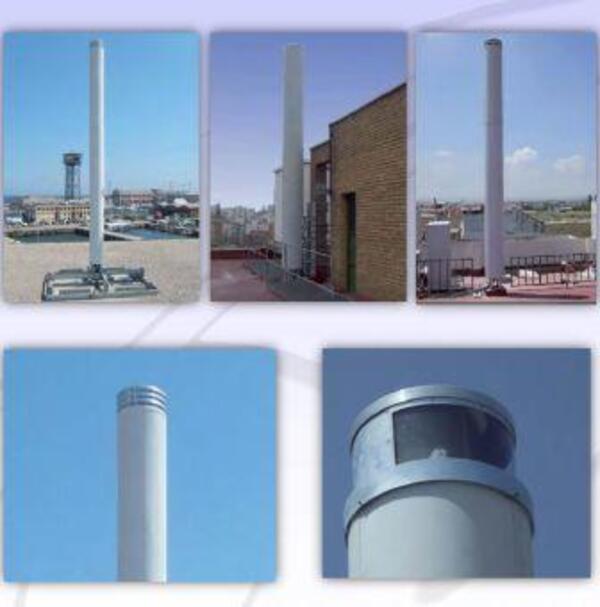
Small cells can be indoor or outdoor. They can vary in power level. Some are carrier grade, some are for consumers. But what defines a small cell is not one of these characteristics, but rather what a small cell is trying to do-add capacity in some manner besides a standard macro site.
With that definition in mind, I see four viable "small cell" paths for wireless operators to explore for expanding wireless capacity:
- Distributed antenna system (DAS) - the original small cell. DAS has proven itself in the field for around for 25 years or so. DAS networks often are multi-operator, multi-technology, high capacity solutions. As Infonetics' recent research predicts, the DAS market will continue to grow as DAS has already established itself in the operators' toolkits.
- Pico cells or mini remote radio heads. These solutions are targeted at adding capacity in medium to large buildings, for one operator only.
- Multibeam antennas and sector splitting. Certain sectors in macro sites, or whole sites themselves, can be in locations that see tons of data traffic. Such hot sectors need new solutions for adding capacity, increasing gain to penetrate buildings better and/or cover more outdoor space. Splitting a sector in two about doubles the capacity, and with twin beam or multibeam antennas, one antenna can handle the job.
- Concealed, integrated metro cells. These are basically mini macro sites, designed to address the common problems of site acquisition and licensing in congested areas. The remote radio unit, antenna and other RF path equipment are concealed in one monopole type structure.
All of these four solutions need to address the challenges of site acquisition, power, backhaul and network performance to meet operators' needs. I will be talking more about them in my presentation at LTE North America on November 21 at 12:15 p.m. titled "So You Want to Go Small? - Practical Considerations for Adding Capacity in a Small Cell Approach." (Quite a long title for a "small" subject, I know.)
What do you think of these small cell approaches? What advice can you give about deploying them in the field?







